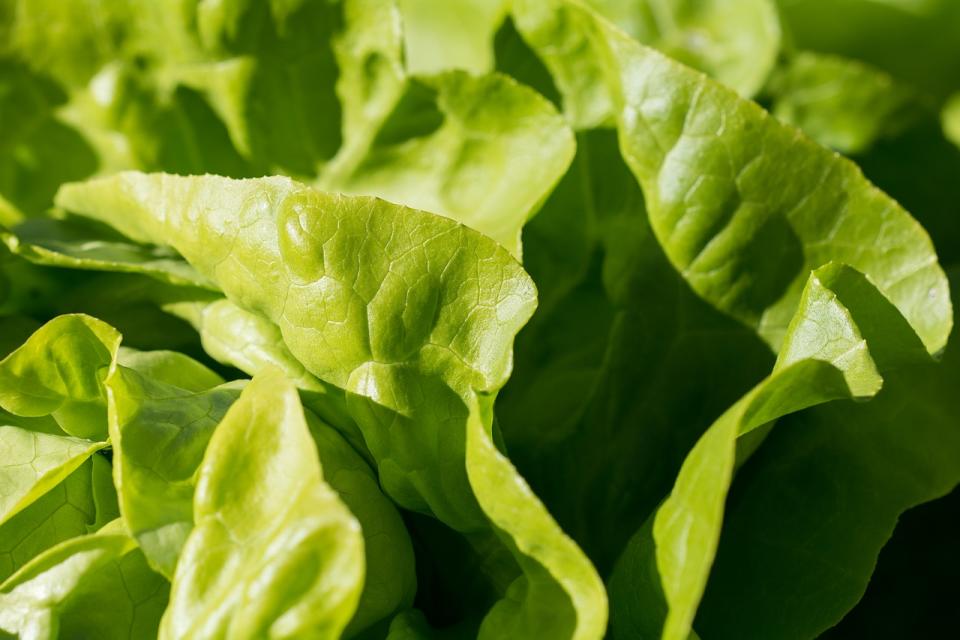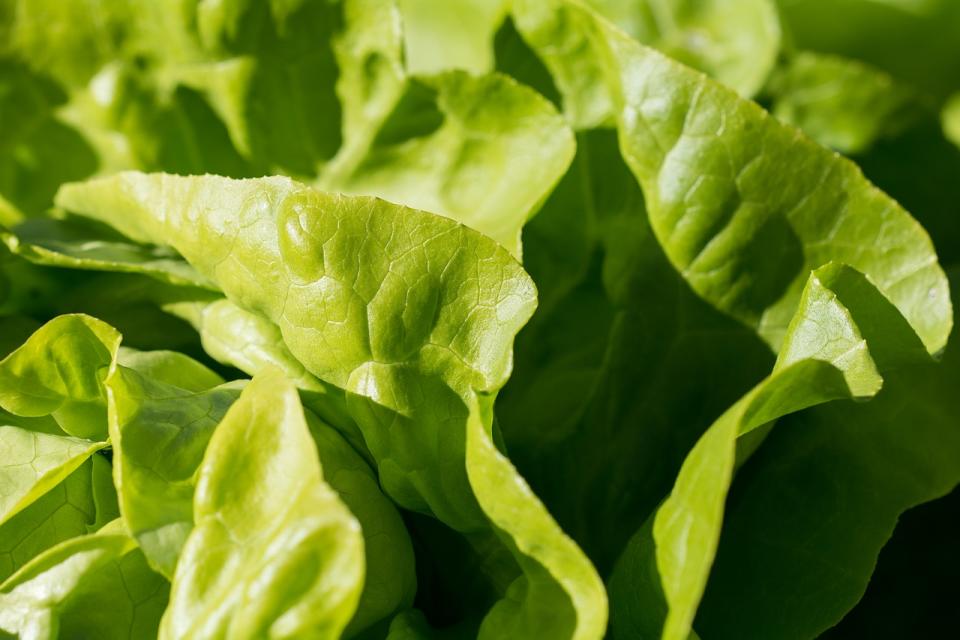Robots are learning to carefully peel lettuce leaves
It's a random but important engineering advancement.
Technology is designed to improve and streamline every facet of life, and that inevitably includes areas most people would never even think about. Such a lettuce peeling. A random issue for many, perhaps, but for the agriculture industry, a new development in this field is a big deal. Researchers from Cambridge University have developed the first robotic lettuce leaf peeling system, which not only demonstrates advances in automation, but addresses increasing food and labor demands.
After harvesting, lettuces must have their outer layers removed. This is a time-consuming, menial task currently performed by farm workers, whose man power is better used elsewhere. The repetitive, basic nature of the job makes it well suited to automation, but lettuces are delicate -- getting a robot to identify and gently peel away the outer layers without smashing it to bits has been challenging.
But the team at Cambridge think it's cracked it. The system first uses computer vision to locate and determine the positioning of the lettuce, and then identify the lettuce stem. If it can't find the stem, a padded robot arm will gently roll the produce around until it's located. Then, a 3D printed circular nozzle, in conjunction with a suction system, gently grabs the outer leaf and removes it using a tearing action, without causing any damage to the lettuce.
Researcher Luca Scimera says the process takes an average of 27 seconds to complete, and that it could be applied to other crops. "Lettuce leaf peeling is an interesting robotics problem from an engineering perspective because the leaves are soft, they tear easily and the shape of the lettuce is never a given," he said. "The computer vision we have developed, which lies at the heart of our lettuce peeling robot, can be applied to many other crops, such as cauliflower, where similar information would be required for the post-processing of the produce."
Scimera says that further work is needed to better integrate the three stages of vision detection, rolling and leaf removal, but that it's an important advancement nonetheless, noting that there's a growing need to develop automated robot solutions for agriculture due to increasing food demands, changing climate conditions and the decreasing availability of manual labor.


